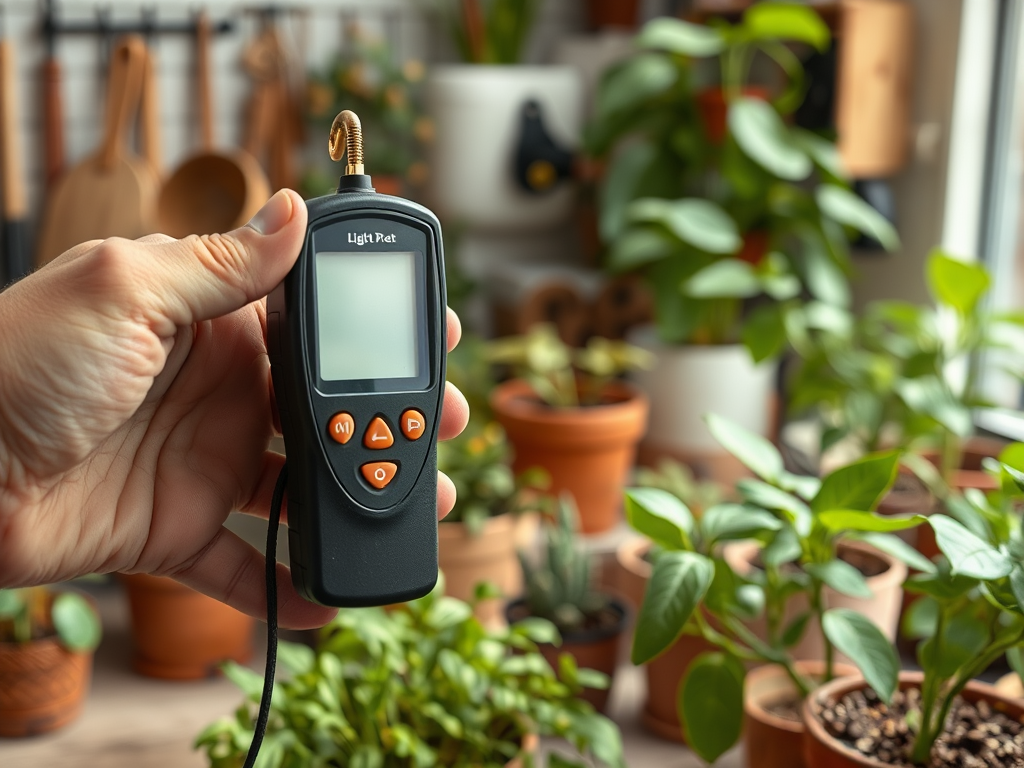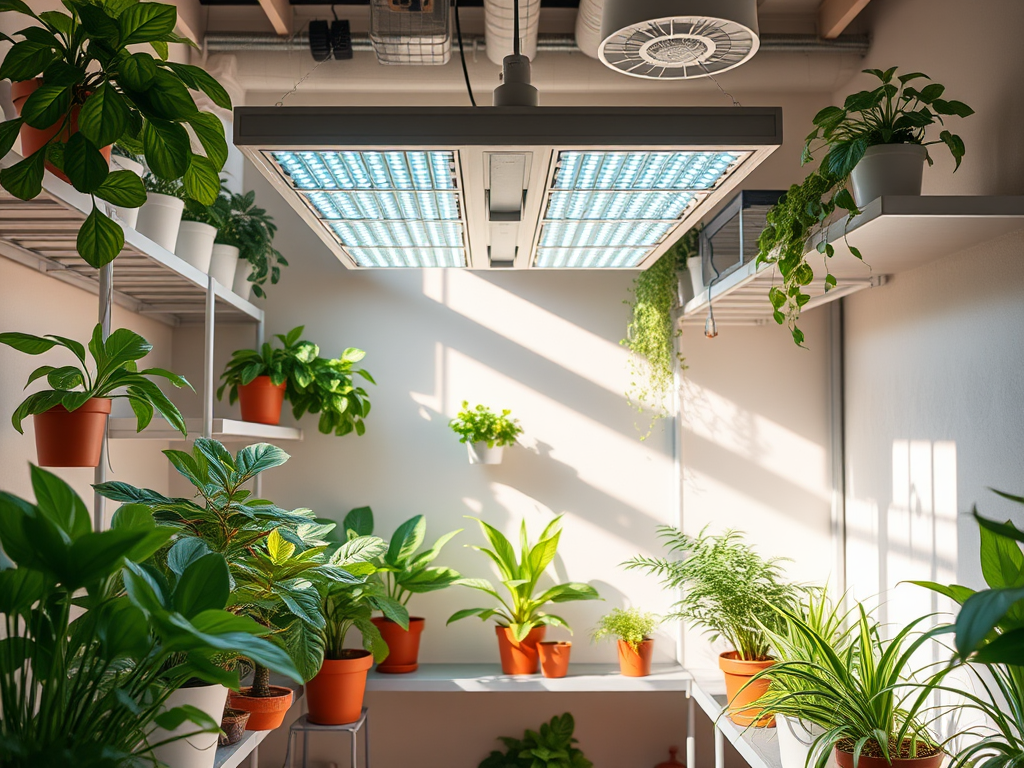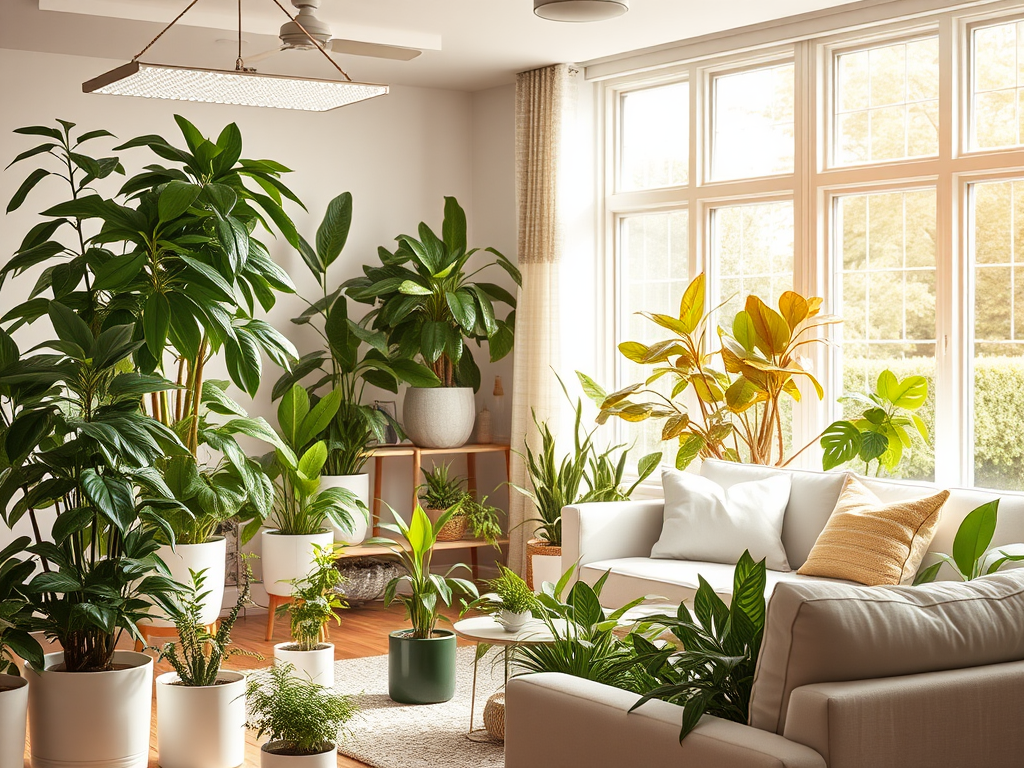For indoor gardening enthusiasts, achieving optimal plant growth can often feel like a delicate dance. One of the essential factors in nurturing healthy indoor plants is light—the cornerstone of photosynthesis and overall vitality. Understanding how to find the right balance of light exposure can mean the difference between a thriving plant and one that struggles. Whether you’re a seasoned gardener or just starting, the key lies in recognizing that each plant species has unique lighting needs. In this article, we will dive into the various aspects of indoor plant lighting, helping you decode the mysteries behind light requirements and how to fine-tune them for your green companions.
Harnessing the right type of lighting can seem overwhelming, especially when considering the multitude of artificial and natural options available. With a bit of know-how, you can transform your indoor space into a flourishing oasis. Illumination not only affects growth but also influences flowering and fruiting in many plants. Therefore, it’s crucial to dig deeper into what your specific plants require to thrive. This guide provides insights that will equip you to make informed decisions about lighting, ensuring your indoor garden flourishes while fitting seamlessly into your lifestyle.
Understanding Plant Light Requirements

Different plants have varying light needs; some thrive in bright, direct light while others flourish in shade. Factors like the plant’s natural habitat can provide clues about its lighting preferences. For instance, tropical plants typically enjoy bright conditions similar to their jungle homes, whereas succulents are adapted to high light levels and can handle unfiltered sunlight. Recognizing these differences is essential for cultivating a successful indoor garden.
Moreover, understanding the interplay between light types—natural and artificial—can dramatically enhance your indoor gardening experience. Indoor plants often suffer from light issues due to inadequate natural light. By tailoring artificial lighting solutions to meet the specific requirements of your plants, you can significantly improve their growth rates and overall health. This perspective helps to ensure that every plant is receiving what it needs to truly thrive.
The light spectrum plays a pivotal role in how plants develop. Here’s a quick breakdown of the light spectrum concerning plant growth:
- Full Spectrum: Mimics natural sunlight and supports growth across all stages.
- Blue Light: Encourages vegetative growth, ideal for leafy plants.
- Red Light: Promotes flowering and fruiting, essential for blooming plants.
Types of Indoor Lighting

Choosing the right type of indoor lighting involves knowing the advantages and disadvantages of each available option. Armed with this knowledge, you can create the ideal environment for your plants. Below is a comparison of common indoor lighting types:
| Type of Light | Advantages | Disadvantages |
|---|---|---|
| Natural Light | Free, promotes natural growth. | Limited by availability and seasonal changes. |
| Incandescent Bulbs | Inexpensive, easy to find. | High energy consumption, short lifespan. |
| Fluorescent Lights | Energy-efficient, emits lower heat. | May require special fixtures. |
| LED Lights | Highly efficient, various spectrums available. | Higher initial investment. |
Natural light can be a bit of a mixed blessing. While it’s wonderful to utilize sunlight, it often varies in intensity throughout the day. On the other hand, artificial options like LEDs and fluorescents allow for more control. These options are especially valuable during the winter months when natural light is scarce. Selecting the appropriate light type will hinge largely on your plant’s natural habitats and your home’s lighting conditions.
Determining the Right Light Intensity
Light intensity is another crucial aspect that influences plant growth. It’s imperative to understand how the intensity impacts various species. Too little light can hinder a plant’s growth, while excessive light can cause leaf scorching and other damage. Various units of measurement, such as lumens, foot-candles, and lux, assist in evaluating light intensity.
Investing in a light meter can vastly improve your ability to assess your indoor environment. Here are some tips on effectively using a light meter:
- Take multiple readings at different times of day to understand fluctuations.
- Measure light at the height of your plants to get accurate data.
- Use the readings as a guide to adjust your lighting setup as needed.
Duration of Light Exposure
Understanding the photoperiod—or the length of time plants are exposed to light—is crucial for their health. Each plant species has a recommended duration for optimal growth, typically ranging from 10 to 16 hours of light per day. This duration may also vary depending on the growth stage of the plant. For instance, seedlings may require more light to ensure robust growth, while mature plants could need slightly less.
It’s equally important to balance periods of light and darkness. Plants thrive when they receive a combination of both, mimicking natural conditions. The means of achieving this balance involves creating a lighting schedule tailored to your plant’s individual needs. This habit not only promotes healthier growth but also encourages flowering in species that require distinct light and dark periods.
Troubleshooting Light Issues
As you navigate the challenges of indoor plant lighting, keeping an eye on your plants can reveal crucial information. Common signs that indicate light issues include:
- Leggy growth or elongated stems.
- Leaf drop or discoloration.
- Slow growth rate or no new growth.
Fortunately, addressing these issues doesn’t have to be challenging. By adjusting your light sources or experimenting with positioning, you can often resolve these problems swiftly.
Conclusion
Finding the right balance in indoor plant lighting is more than just a task; it’s an art and a science. By gaining a comprehensive understanding of your plants’ needs, utilizing appropriate lighting solutions, and adjusting the light intensity and duration, you can create an ideal environment that promotes health and growth. Continual observation is critical; as you monitor your plants and adapt their lighting conditions, you unlock the potential for a flourishing indoor garden.
Frequently Asked Questions
- What type of light is best for houseplants? LED grow lights are generally considered the best because they are energy-efficient and emit the full spectrum of light.
- How many hours of light do indoor plants need? Most indoor plants require between 10 to 16 hours of light per day, depending on the species.
- Can I use regular bulbs for indoor plants? While standard incandescent bulbs can be used, they are not as effective as grow lights designed specifically for plant needs.
- What signs indicate my plant is not getting enough light? Signs include leggy growth, leaf drop, and slow growth rate.
- Is it possible to overlight indoor plants? Yes, too much light can scorch leaves and lead to damage; always monitor your plants for signs of stress.
